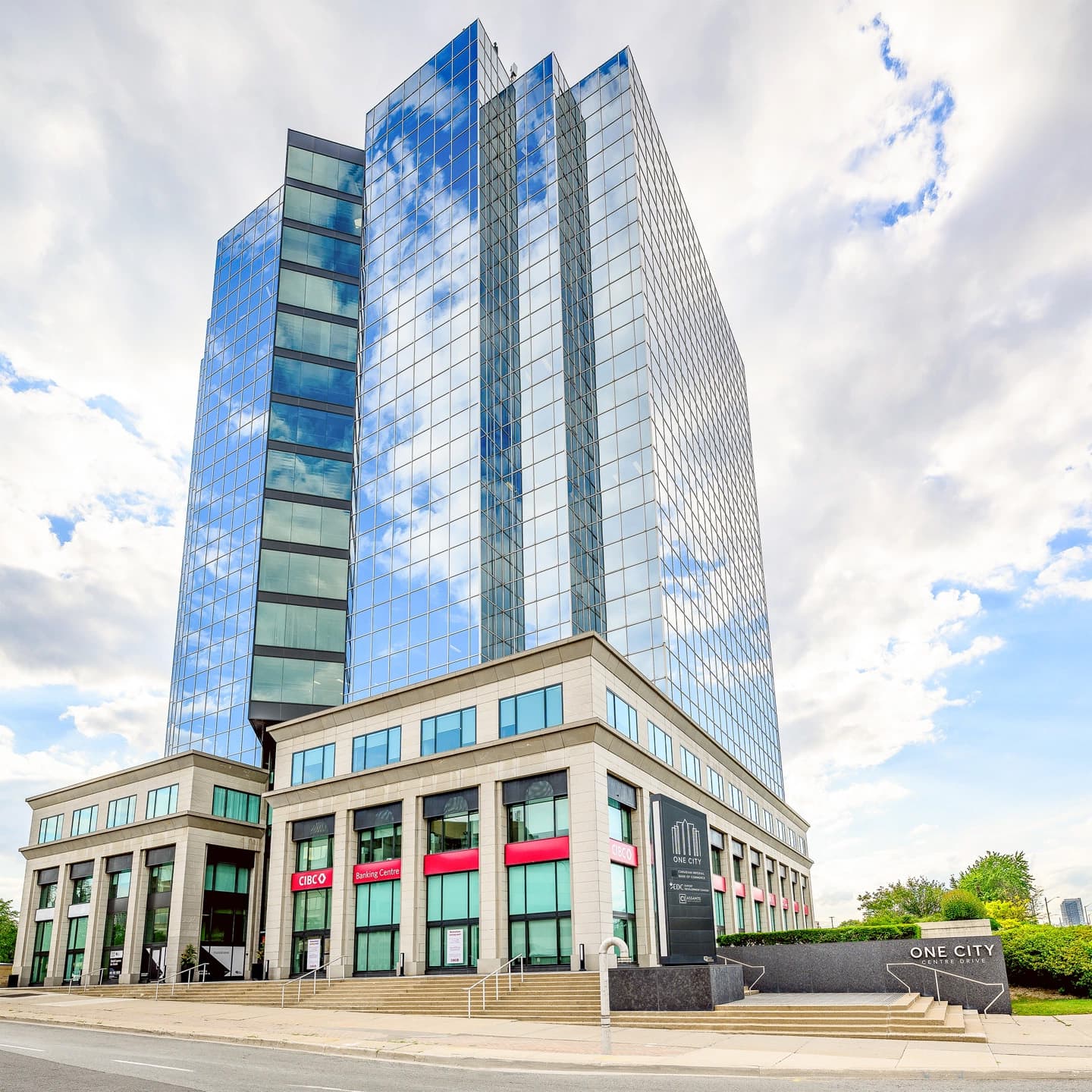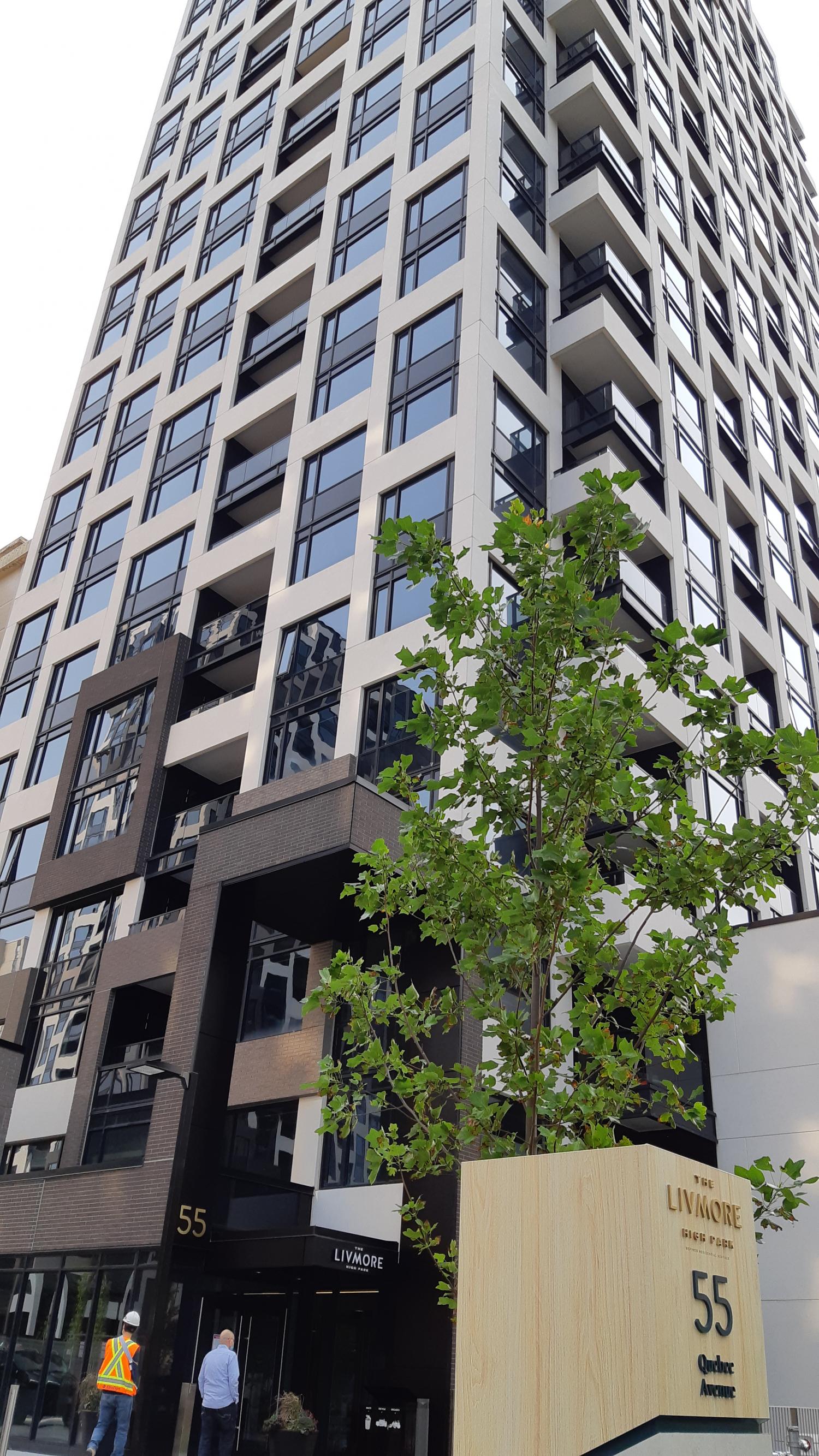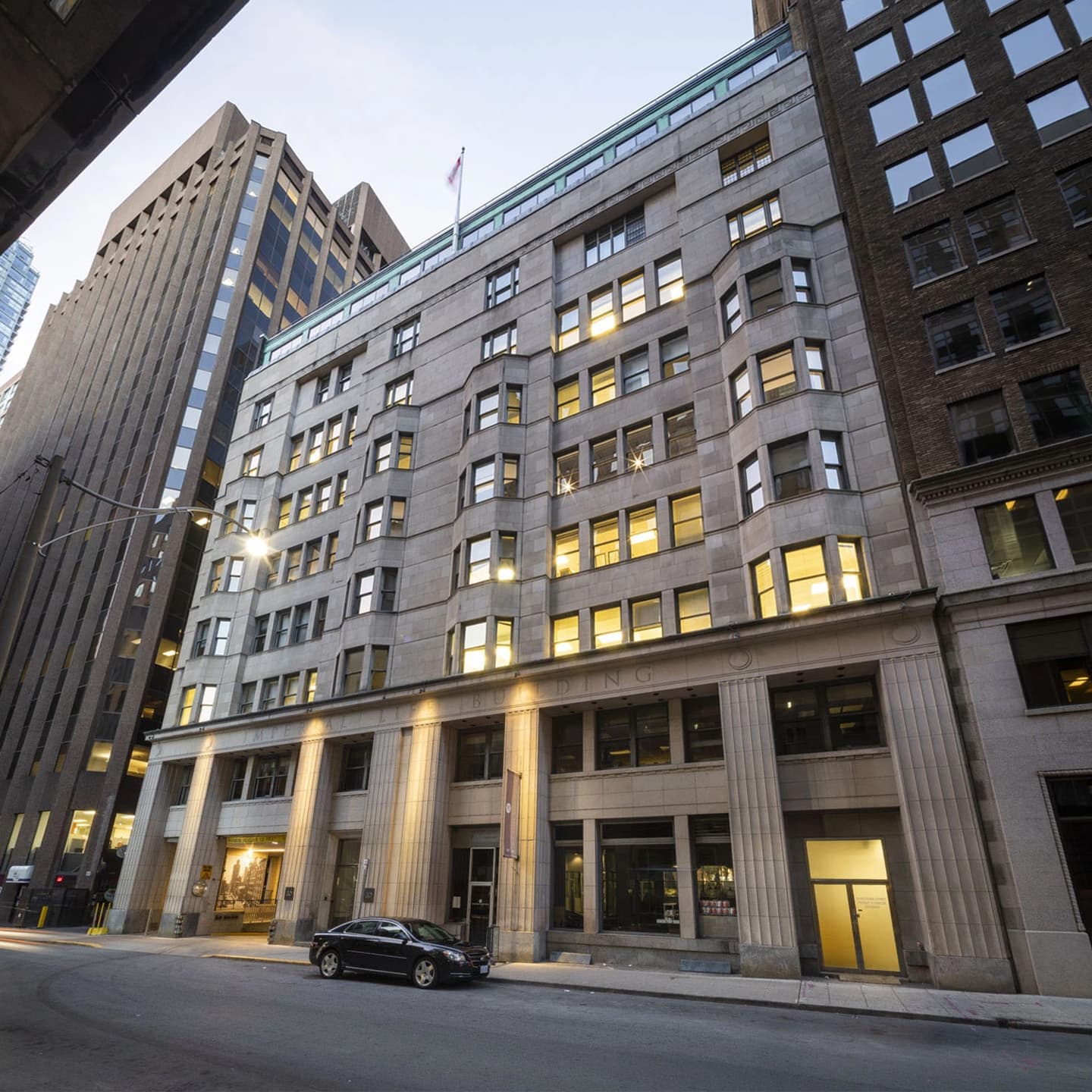Great-West Life Real Estate Fund
Established in 1981, the Great-West Life Real Estate Fund is one of Canada’s largest real estate segregated funds. The Great-West Life Real Estate Fund (also known as the Canadian Real Estate Investment Fund No. 1 (or CREIF)) invests in a portfolio of high-quality, income-producing properties diversified by type and location. The objective is to provide investors with strong income returns and the opportunity for long-term capital appreciation.
Fund Performance
as of June 30, 2024
$6.1B
in real estate assets
$6.5B
in total assets
113
properties
Source of return
| 2015 | 2016 | 2017 | 2018 | 2019 | 2020 | 2021 | 2022 | 2023 | 2024 | |
| Income | 4.5% | 4.5% | 4.5% | 4.3% | 4.2% | 3.8% | 3.7% | 3.3% | 3.5% | 1.9% |
| Capital | 0.1% | 0.9% | 1.8% | 2.7% | 4.9% | (1.3)% | 7.8% | 3.9% | (6.5)% | (2.0)% |
| Total | 4.7% | 5.4% | 6.3% | 7.1% | 9.2% | 2.5% | 11.6% | 7.2% | (3.0)% | (0.1)% |
Compound rates of return
(gross of investment management fees)
| Three Month | (0.3)% |
| Year-to-date | (0.1)% |
| One Year | (2.4)% |
| Three Year | 3.4% |
| Five Year | 4.5% |
| Ten Year | 5.5% |
Diversification by property type
By property type (millions)
| Retail | 9.4% | $ | 569 |
| Office | 25.7% | $ | 1,542 |
| Industrial | 29.2% | $ | 1,761 |
| Residential | 27.9% | $ | 1,685 |
| Other | 7.8% | $ | 474 |
Diversification by region
By region (millions)
| British Columbia | 10.7% | $ | 647 |
| Alberta | 11.0% | $ | 662 |
| Prairies | 1.1% | $ | 67 |
| Ontario | 66.5% | $ | 4,007 |
| Quebec | 9.6% | $ | 579 |
| Atlantic | 0.7% | $ | 42 |
| U.S. | 0.4% | $ | 25 |
Quarterly Highlights
Q2 2024 Great-West Life Real Estate Fund Bulletin
Through the first two quarters of 2024, the Canadian Real Estate Fund No.1 has observed the income and capital components of performance generally offset one another, producing a relatively flat overall return profile. Conditions for future capital performance however are trending positively as the Bank of Canada made its first cut to the overnight rate in June with market expectations that further easing will follow. The central bank will continue to monitor economic conditions, and should the path of inflation migrate toward target, a neutral rate of +/- 2.5% may be achieved in 2025. Bond yields for the most common financing terms (5/10 years) have begun to respond accordingly, bringing down the cost of debt. The cost of capital is a material input in the value proposition for real estate investment and as the rate environment improves, we would expect market activity to accelerate. Further, as the spread premium widens for real estate (discount rates over risk-free rates) the return of idle capital should drive competitive bidding processes and pricing expectations. The Fund’s robust valuation policy which includes one third of the portfolio being valued by an external appraiser each month, is important in ensuring that Net Asset Values are reflective of current market conditions.
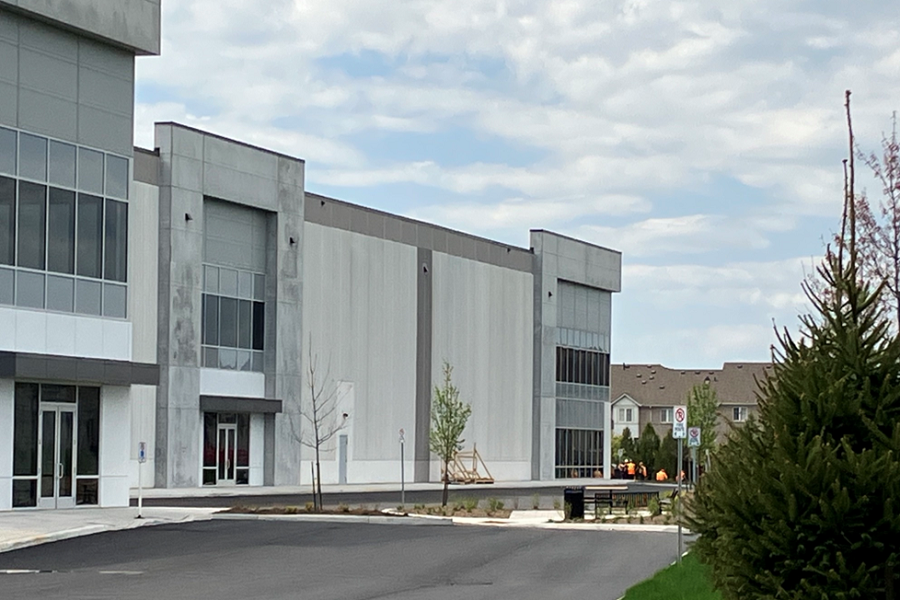
Abbotside Way, Caledon, ON
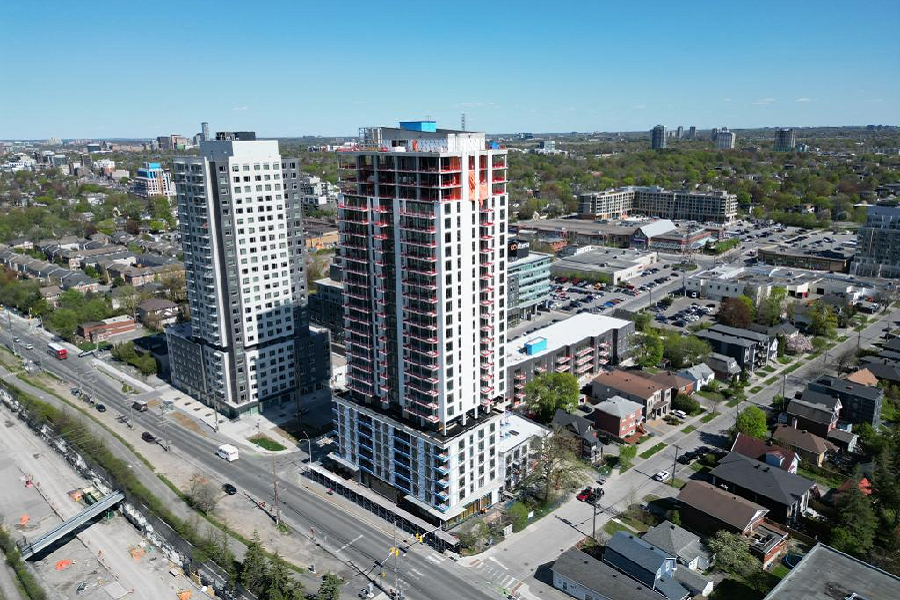
300 McRae, Ottawa, ON

Vancouver Centre II, Vancouver, BC
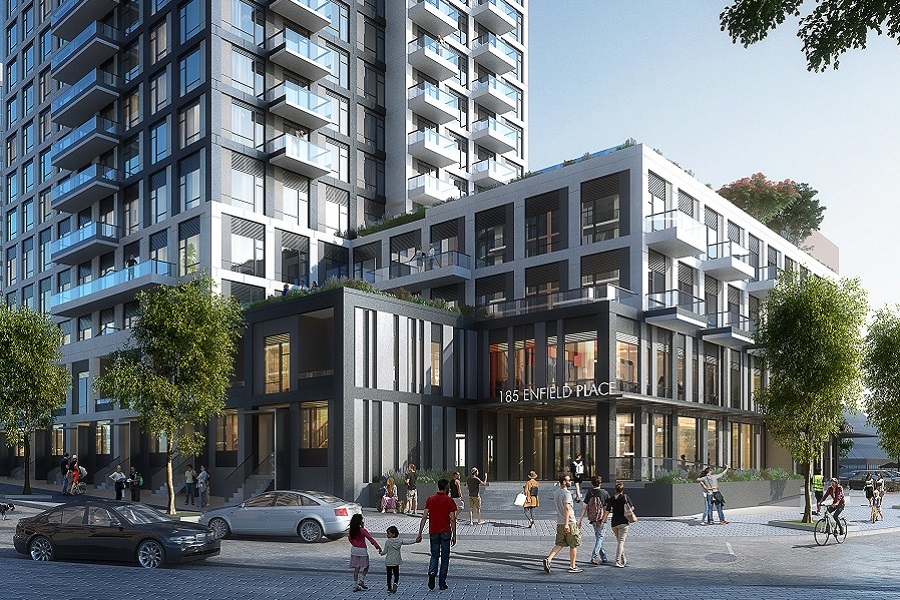
185 Enfield Place, Mississauga, ON
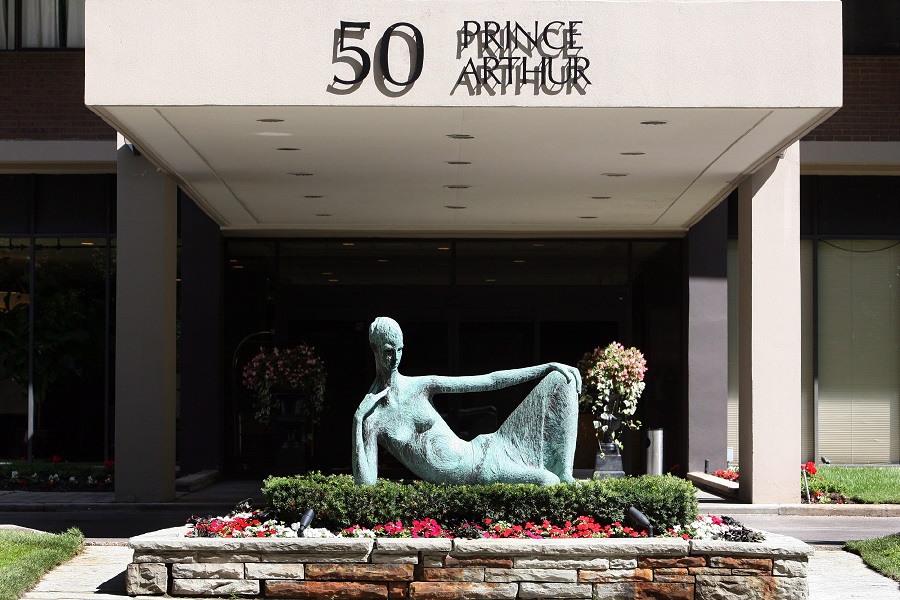
50 Prince Arthur, Toronto, ON
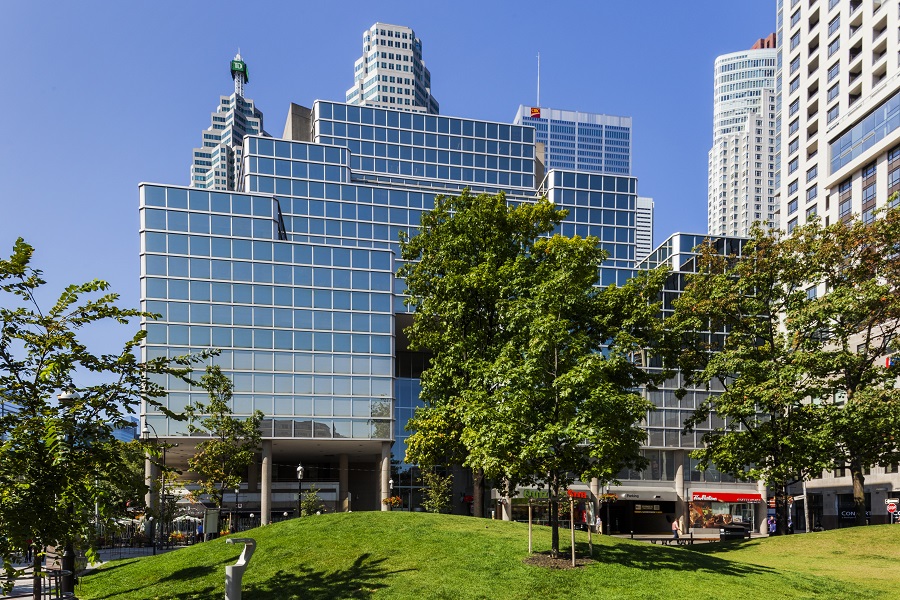
33 Yonge Street, Toronto, ON
Downloads
Latest annual report
Latest bulletin
Past Performance Reports
Quarterly Bulletins
| Q2 2024 Bulletin |
|
| Q1 2024 Bulletin |
|
| Q4 2023 Bulletin |
|
| Q3 2023 Bulletin |
|
